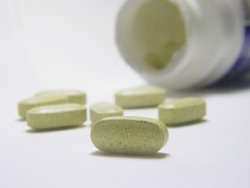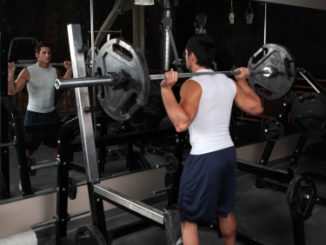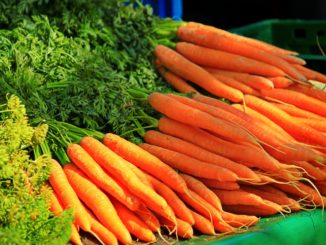
Glucose and glycogen are two important substances to athletes, and to anyone who wants to understand better how their body performs during exercise. Both glucose and glycogen are important to providing the energy our bodies need for exercise and other bodily functions.
What is Glucose?
Glucose is the form of sugar that your body converts to energy. Glucose comes from the food we eat. When, for example, you eat a meal, your body turns your food into glucose for use as energy. Our bodies cannot store glucose, but it can be accessed for energy as long as it is present in its primary form.
What is Glycogen?
Glycogen is a form of sugar that is stored in the liver and the muscles. The body stores glycogen when too much glucose is present. This allows this sugar to be available to our bodies later, when glucose levels might not be high enough to meet our energy needs.
Glucose and glycogen, though both sugars, and both energy sources, are different. Glucose cannot be stored in the body, and glycogen cannot be used directly as an energy source.
How We Store Glycogen
When your glucose levels get too high, your pancreas produces insulin. Insulin then converts some of this glucose into glycogen.
Your liver can store about 90-110 grams of glycogen, which is the equivalent of three to four hours of physical activity. Once the maximum amount of glycogen has been stored by the body, any additional glucose that remains is stored as fat.
Which Exercises Use the Most Glycogen?
When we exercise, our bodies use the glucose that is present for energy first. When our glucose is depleted, our bodies turn to glycogen for energy, and then, finally, to fat. However, if you exercise regularly, your body will become more efficient at storing glycogen, and more efficient at turning to fat to provide energy for workouts.
Higher intensity exercises are those that use the most glycogen. Of course, any exercise, regardless of intensity, will cause your body to use glycogen if it is undertaken for a long enough period of time. For example, even a slow stroll will burn glycogen if you do it long enough that your glucose levels have been depleted.
What is Carb Loading?
Athletes often debate how to manipulate their diet and exercise in order to use glycogen in its most efficient manner, so that they have the ability to improve their endurance. This is especially important for serious athletes, who may not have the fat stores, and who may not be interested in accessing fat stores for energy.
The manipulation of glycogen stores to our advantage is the basis for carb loading. Carb loading is the process of depleting glycogen stores through exercise, and then eating a high quantity of high carbohydrate foods in the 2-3 days prior to an athletic event. This process helps athletes to increase their glycogen stores to ensure enough energy to get through the event.
It’s important to understand the role of glucose and glycogen in the way our body provides energy for our workouts and our every day activities, especially if we want to get the most benefit from the energy our food provides and our body stores.



Be the first to comment